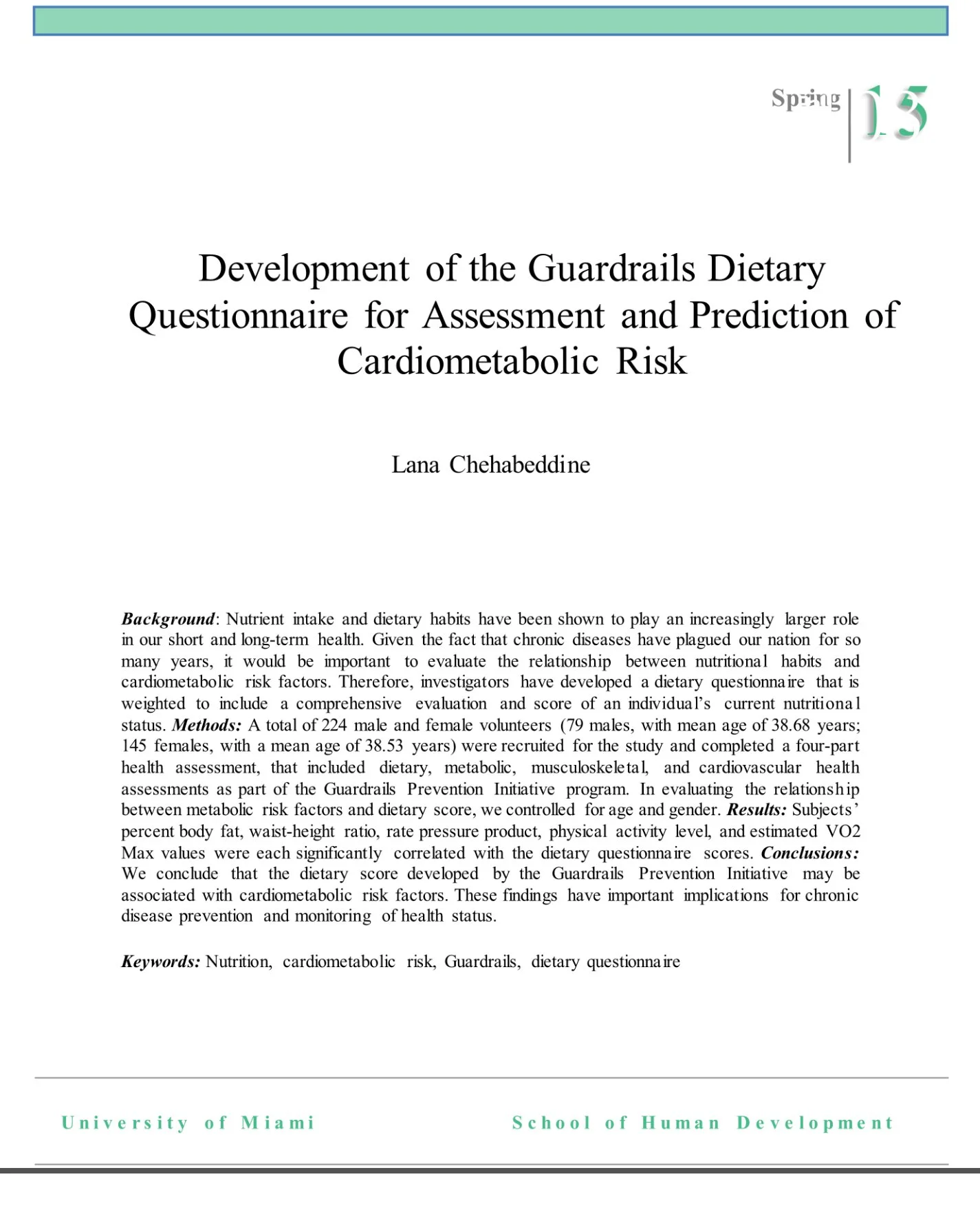Our Services
-
Identifying and summarizing relevant data, reports, and best practices.
-
Qualitative data gathering, analysis, and reporting
-
Condensed, audience-specific write-ups for boards, funders, or the public.
-
Identifying trends, gaps, and opportunities in your field or region.
Empathy for justice: a social transformation of the US food system
The human ability to understand and experience another's feelings - known as empathy - is increasingly dwindling in the United States and poses concerns for the advancement of social change and social justice. This thesis examines empathy and its lack thereof as a major contributor to the tolerance of structural injustice and ensuing inaction in the US food system and society. By reviewing the ability to empathize, this research reveals 1) the ideologies and cultural phenomena that activate or suppress empathy, 2) the role of empathy in addressing structural injustice, and 3) the strategies that are found to activate empathy. A review of peer-reviewed articles, websites, and books addresses these three topics in an attempt to answer the following question: In what ways could a greater understanding of empathy contribute to addressing structural injustice in the US Food System?
research portfolio
Qualitative & Quantitative
Development of the Guardrails Dietary Questionnaire for Assessment and Prediction of Cardiometabolic Risk
Background: Nutrient intake and dietary habits have been shown to play an increasingly larger role in our short and long-term health. Given the fact that chronic diseases have plagued our nation for so many years, it would be important to evaluate the relationship between nutritional habits and cardiometabolic risk factors. Therefore, investigators have developed a dietary questionnaire that is weighted to include a comprehensive evaluation and score of an individual's current nutritional status. Methods: A total of 224 male and female volunteers (79 males, with mean age of 38.68 years; 145 females, with a mean age of 38.53 years) were recruited for the study and completed a four-part health assessment, that included dietary, metabolic, musculoskeletal, and cardiovascular health assessments as part of the Guardrails Prevention Initiative program. In evaluating the relationsh 1p between metabolic risk factors and dietary score, we controlled for age and gender. Results: Subjects' percent body fat, waist-height ratio, rate pressure product, physical activity level, and estimated VO2 Max values were each significantly correlated with the dietary questionnaire scores. Conclusions: We conclude that the dietary score developed by the Guardrails Prevention Initiative may be associated with cardiometabolic risk factors. These findings have important implications for chronic disease prevention and monitoring of health status.



